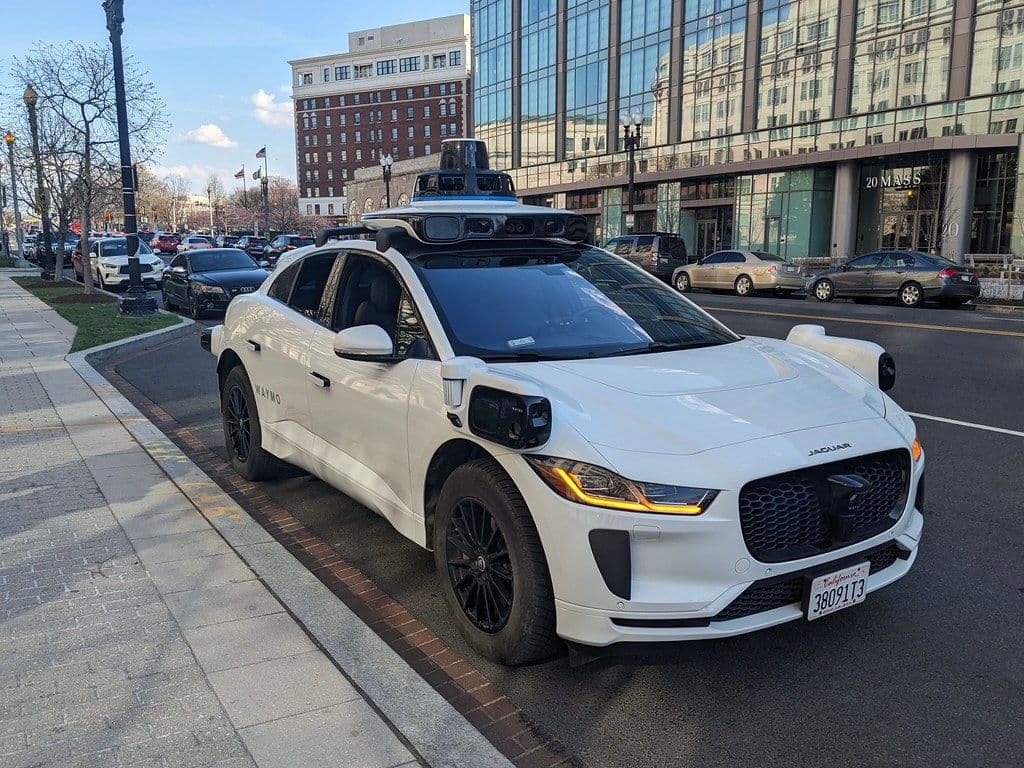Around 100 years ago, the dream of moving faster than a carriage, farther than a horse could, and with enough space for a whole family became a reality: the car was born. With it came the need for a driver who could take control of all the variables that happen while driving a car. Since its inception, many things have changed. Cars have become more efficient, safety regulations have made them more protective for passengers, and finally, vehicles have become more energy-efficient and less polluting. Many things have changed over time, but we still depend on a human to take the wheel and drive. Well, that's about to change: Self-driving cars are less of a science fiction novelty and are closer to becoming a reality with each passing day. So, it's time to accelerate our understanding of how these technological marvels are shaping the industry, especially in the bustling metropolis of New York City. With their promise of increased efficiency, reduced costs, and improved safety (even better than what we have achieved up until now), they are poised to revolutionize how goods are moved around the city. But, as with any technological leap, the path isn't entirely obstacle-free.
The Efficiency and Productivity of Self-Driving Cars
The logistics industry is no stranger to automation. The promise of self-driving cars takes this a step further, offering an exponential increase in efficiency. The reason? Uninterrupted operation. Unlike human drivers, autonomous vehicles don't need to sleep or take breaks. They won't need a mid-morning snack or a late-evening cup of coffee. They can keep the city's commerce humming 24/7, ensuring timely deliveries and faster turnaround times, with close-to-null interaction with human operators.
Another thing to consider is that self-driving cars are programmed to choose the most optimal routes, reducing travel time and enhancing productivity, all while keeping in check other variables such as speed and the fragility of the goods being transported. Autonomous vehicles can reroute themselves in real-time based on traffic conditions, a feature that could prove invaluable in a city as busy as New York. They could potentially "learn" the city's traffic flow, predict congestion, and make appropriate adjustments, all in the blink of an eye (you might have a friend who already can drive and operate at this level, but imagine the possibilities if each and every vehicle could include that know-how in their operating systems).
Benefits from Self-Driving Cars
Let's talk about cash. From a financial perspective, the adoption of self-driving vehicles presents a potentially massive reduction in operational costs for logistics companies. Labor costs account for a significant chunk of expenses in this industry, but autonomous vehicles could minimize this dramatically. Self-driving cars will need some maintenance, and there are definitely operational costs to be considered over time, but in the long run, not having to pay a salary to a driver sounds like a dream come true for any Scrooge McDuck-like businesses out there that don't care about the quality and the human power behind the industry.
On the other hand, the reduction in accidents due to the precise driving of autonomous vehicles also means lower insurance premiums. Thus, both costs and overall risks are considerably reduced, especially thanks to optimized routes and less time spent trying to figure out how to get out of a traffic jam.
Now, from a security point of view, perhaps the most compelling benefit is the potential for improved safety. Autonomous vehicles are programmed to obey traffic laws to the letter, reducing the risk of accidents due to human error, which is the leading cause of road accidents. Also, the removal of fatigue-associated risks in a city that never sleeps like New York cannot be overstated.
The integration of autonomous vehicles with smart city infrastructure will further bolster safety. Imagine a city where traffic signals, pedestrians, cyclists, and all vehicles communicate in real-time, creating a seamless, accident-free transportation network. It sounds like science fiction, but it's rapidly becoming science fact.
The Challenges of Self-Driving Cars in Logistics
The specific applications of self-driving cars in logistics are manifold. We already see autonomous delivery vehicles becoming a common sight, with huge companies like Amazon leading the way. Such vehicles can deliver goods to businesses and customers at any hour, improving customer satisfaction and creating an on-demand economy. Imagine ordering your favorite New York-style pizza and having it delivered hot and fresh by an autonomous vehicle at midnight. Or even better, think of a pharmacy delivering essential medicines to an elderly person unable to make the trip, all without any human intervention in the middle of rush hour.
When thinking larger, you can imagine autonomous trucks that can transport goods between warehouses or distribution centers, saving time and resources. Their use could free up human drivers for tasks that require more skill and judgment, increasing overall operational efficiency.
Despite all these benefits, the road to fully autonomous logistics is not without its challenges. The technology is still evolving, and significant work is required to ensure that self-driving cars can navigate all situations safely. You don't want to be riding as a passenger when suddenly all the screens in your car turn blue with that dreaded screen of death.
In fact, there is also a very real and unique human component that brings life to the industry, a brief moment of human interaction that can bring a smile to both clients and delivery people, a moment of community that comes only when there is a connection, sometimes without words, between the person in need and the one giving you a solution.
Also, cybersecurity is another significant concern. As these vehicles rely heavily on software, they could be potential targets for hackers who could remotely alter the functionality of the vehicle, alter its configuration, and, in the worst-case scenario, take control of the vehicle itself while riding. Ensuring the robustness and security of these systems is paramount to prevent catastrophic failures. Public acceptance and legal issues also pose challenges. Updating traffic laws to accommodate self-driving cars and reassuring the public about their safety will be key hurdles to overcome.
Now, let's glimpse into the dark side of all of these possibilities: the issue of job displacement. While autonomous vehicles may bring economic benefits to logistics companies, they also threaten the livelihood of millions of drivers. The societal implications of this need to be thoughtfully addressed since not everyone involved in the logistics industry can overnight become an expert in repairing and managing autonomous vehicles. In fact, there is also a very real and unique human component that brings life to the industry, a brief moment of human interaction that can bring a smile to both clients and delivery people, a moment of community that comes only when there is a connection, sometimes without words, between the person in need and the one giving you a solution (or haven't you felt the need for hugging that person who just saved you a round trip around town to get a battery pack left at the office?). Us at Airpals, strongly believe that no AI-powered self-driving car is capable of ever replacing that human element.
The advent of self-driving cars promises a new era in the logistics industry, offering tantalizing benefits like increased efficiency, reduced costs, and improved safety. New York City, with its complex transportation network, could be a significant beneficiary of this revolution. However, while the future is undoubtedly exciting, the challenges posed by this shift must be carefully navigated. It's a journey that's just beginning, and the road ahead promises to be as fascinating as it is transformative. Buckle up, get comfy, and enjoy the ride. It might be a little bumpy, but that's how the road to the future feels at first.





